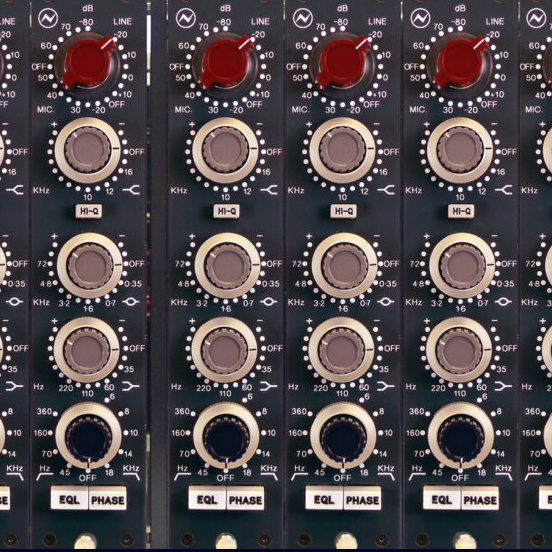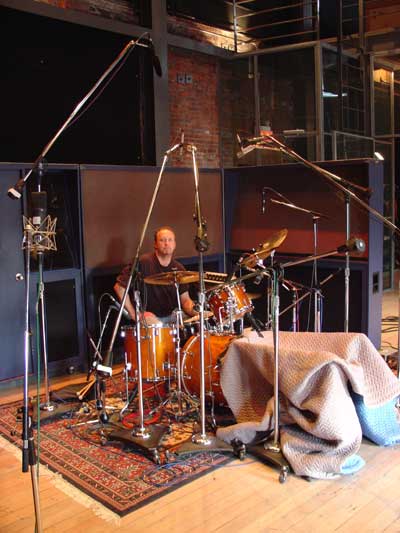November 4, 2014

*THIS IS ANOTHER RULE THAT YOU MUST BEAR IN MIND. THE ARTIST MAY HAVE TERRIBLE COMMUNICATION SKILLS BUT YOU ARE STILL REQUIRED TO HAVE THEM!*
You’re going to run into artists that have a lot of attitude. It’s inevitable and just a matter of time. A couple of buddies of mine were doing a gig with Kenny G and they walked into the rehearsal and there’s Kenny standing there with his saxophone playing away doing his circular breathing thing while he’s meeting all the players! Circular breathing technique allows you to continuously play without stopping. So he’s standing there blasting away on his horn while shaking hands with these guys. And apparently that was just the beginning of the attitude! At one point he yells at the drummer, “Drummer here’s your tempo!”
So there are times when you have to steel yourself against the negative vibes. You truly put on your game face in these moments.
But back to a studio setting, artists still are the boss. The artist is always right in the end! It’s their product and they are footing the bill. This is a rule that you have to internalize.
You never want to disrupt the forward motion of a session and the creative atmosphere!
The artist or producer may also ask you to change or adjust your part or go in a completely different direction. You may completely disagree! I know of one session player who actually started debating with the producer about the merits of his change. What a terrible mistake. His overbearing position was the end for him.
The other thing to remember is that session players and producers are always a tight knit group of people! You can go to any city or music center and the people that do the bulk of the session work are a relatively small group of professionals. It literally only takes one infraction of the sort I’ve been talking about for it to be over for you. And on the same token good news travels quickly. Producers are intensively aware of a musicians’ ability to interact with artists and their handling of difficult communicative situations. A musician who can deftly handle these relational situations and retain the positive energy in the room as well as bring their A game to the table as a player are gold to producers and good news travels!
But remember, an experienced producer will go with someone of slightly lesser talent but who has the ALL elements necessary! People skills are absolutely the key essential!
On the flip side of this issue though is this.
*DON’T BE PHONY EITHER*
People can spot a phony from a mile away. Don’t be gushing and overly complimentary for example. Yet don’t be a doormat either. There do arise moments, and for very good reason, when you have to be assertive.
Here’s a good example of that from my experience;
I was working on a very good session for ‘the greatest outdoor show on earth’, the Calgary Stampede when I noticed there was a playback issue that was critical. The session up to this point had been upbeat and very positive with great results.
The issue was that the playback of the tracks that we were recording was slightly delayed against the click track. What that did was make everything that we were playing on the floor sound slightly out of time with the pre-existing recorded tracks that we were playing to.
In a very assertive way I had to enter the control room and insist that there was a software issue. I could hear it. But at the time the producer and
engineer were thinking, ‘it’s 10am in the morning and you guys all have to wake up and start playing in time’! At least that was the general vibe coming from them. Plus we happened to be recording at The Armory Studios which is a multi-million dollar world renowned studio.
Since what we were recording was pretty complex and busy I had the idea to ask the engineer to do a test with me. I asked him to feed me a click track and I’d go in and play something dead simple, he’d record it and then we could compare the playback to the click track to see where the timing fell.
Sure enough they all could then hear that there certainly was a software issue and all systems were re-booted and the session was back on track again. Also and equally important, I was not made to look bad as a player due to something that was not my fault!
There are definitive times when you have to stand up for something but as in this case it was something that was essential to the overall progress that could have completely derailed the session as well as our reputations as players.
*THE BEST ADVICE I HAVE IS THIS:*
Be ‘real’ but enter the environment with an attitude of humility, so as to enable others on all levels. But also come with the intention to kick ass!
When I say kick ass I’m even talking about if you’re playing a subtle ballad with a set of brushes. You want to bring your utmost artistically to the situation along with unobstructed communication at every level! Start here in an honest soul searching sense and then bring your arsenal.
Then you’ve greatly improved your chances of success!
DAW Recording for Drummers, Drum Chart Reading, online session drummer, online studio drummer, session drummer, Studio Drummere-studio-drummer, home recording, online studio drummer, session drummer, studio drummer, studio drumming 







